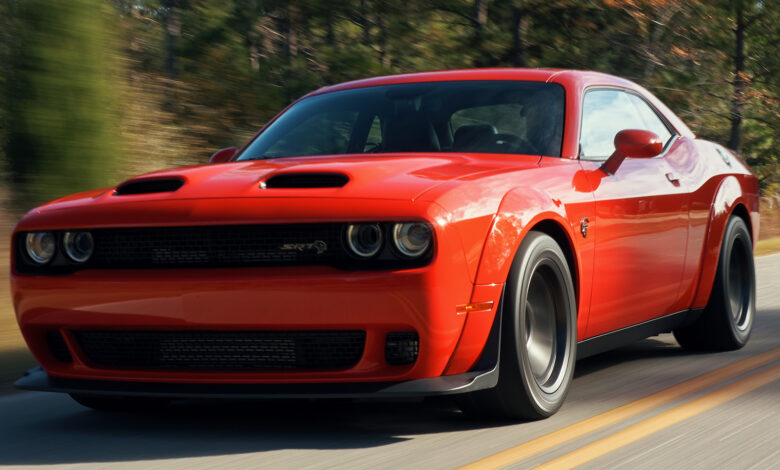
Dodge is flexing its muscles and expanding its offering for its 807 horsepower drag-racing oriented 2021 Dodge Challenger SRT Super Stock to the Mexican market. Currently, the Challenger SRT Super Stock is the fastest and most powerful muscle car in the world.
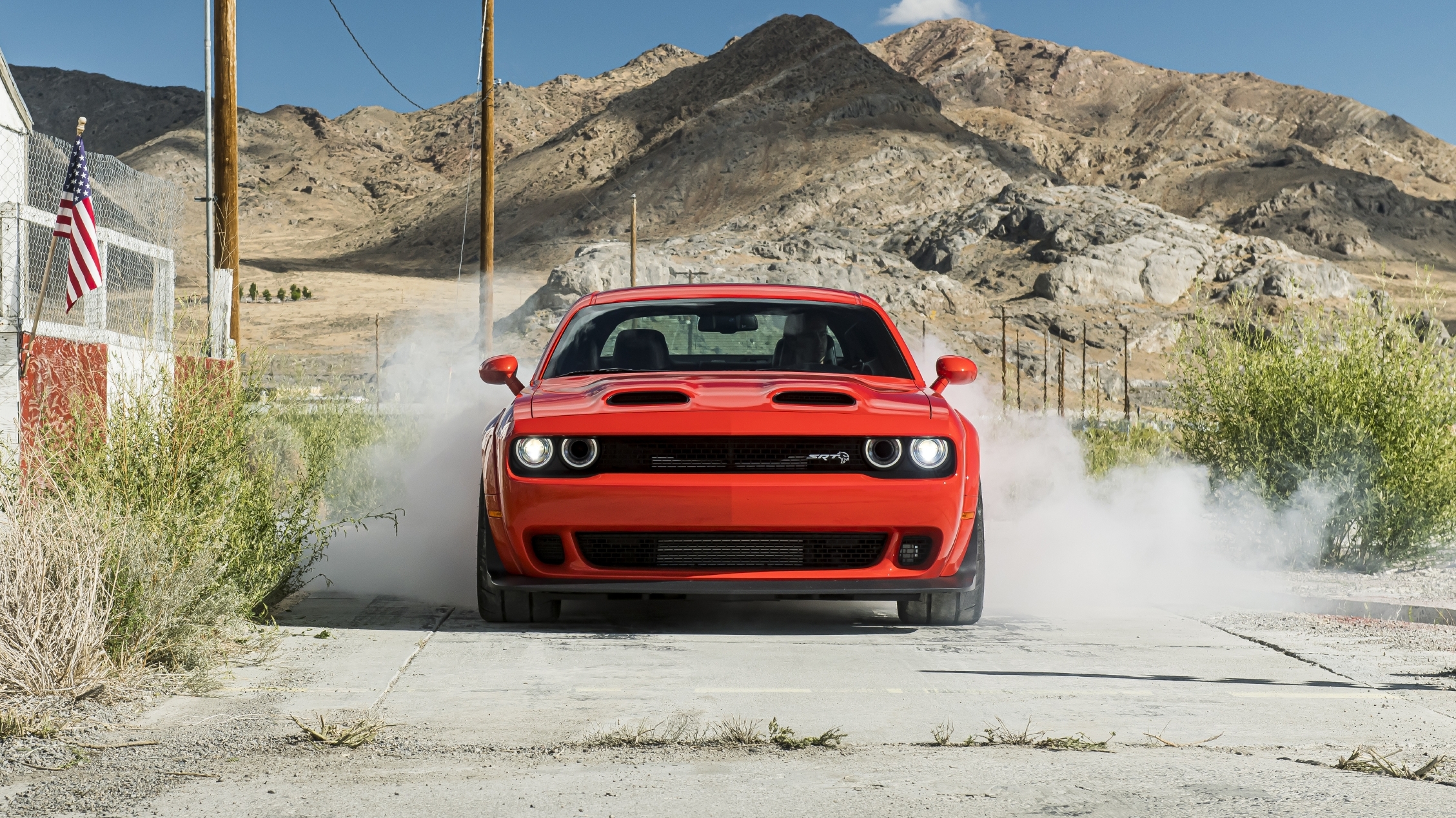
Back in 2018, the American performance brand launched the outrageous 840 horsepower Dodge Challenger SRT Demon, the fastest production mile quarter-mile car in the world. The Challenger SRT Demon bent a lot of rules from other automakers and even though the Demon was only a limited production run of 3,300 units for the United States and Canada, its DNA still lives on in the Challenger and Charger SRT Hellcat Redeye.
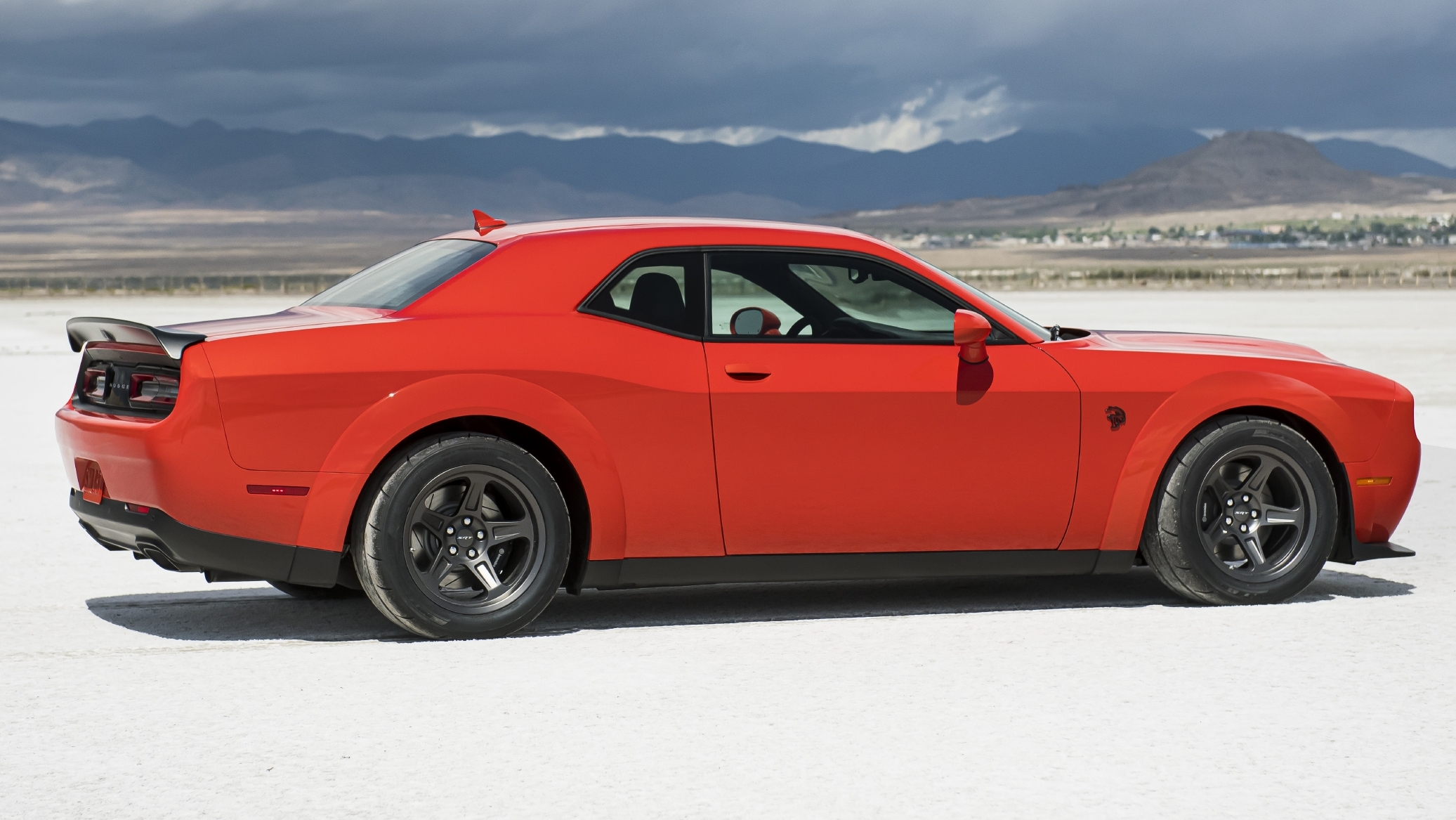
The Challenger SRT Super Stock continues the legacy of the limited edition 2018 Dodge Challenger SRT Demon by offering a package very close to the Demons (sans the 840 horsepower high-octane mode, Transbrake, and SRT “Drag Mode” setting in the Uconnect system).
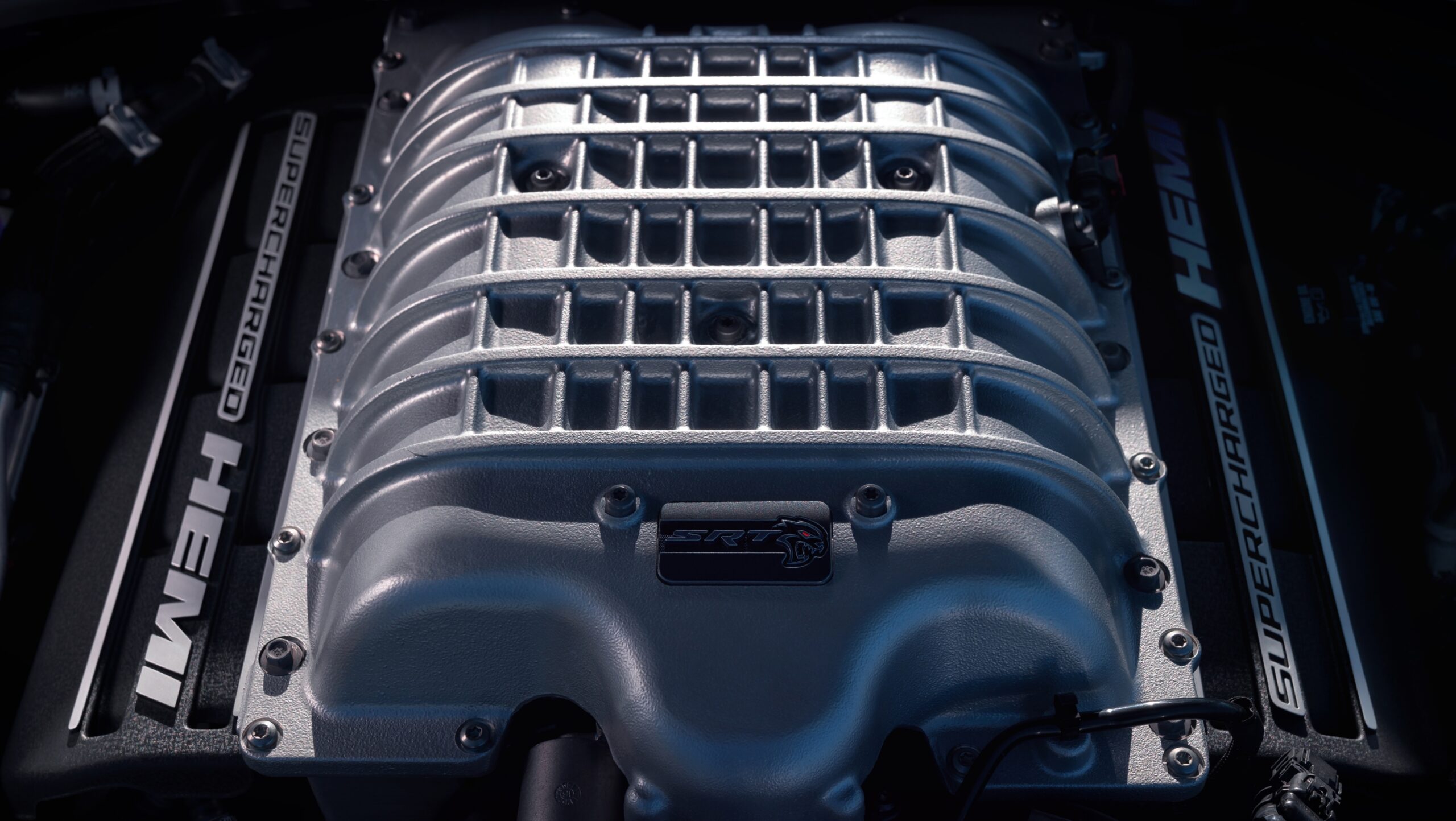
The SRT Super Stock is powered by the same supercharged 6.2-liter HEMI® high-output V-8 engine as the Demon and its Redeye brethren and delivering 807 horsepower and 707 lb.-ft. of torque on pump gas. Did you catch that? 807 horsepower on pump gas! If that sounds familiar, that’s because the 2018 Dodge Challenger SRT Demon was rated at 808 horsepower and 717 lb.-ft. of torque on Premium 91 octane gasoline. It’s a clever way to keep the Demon owners feeling special.
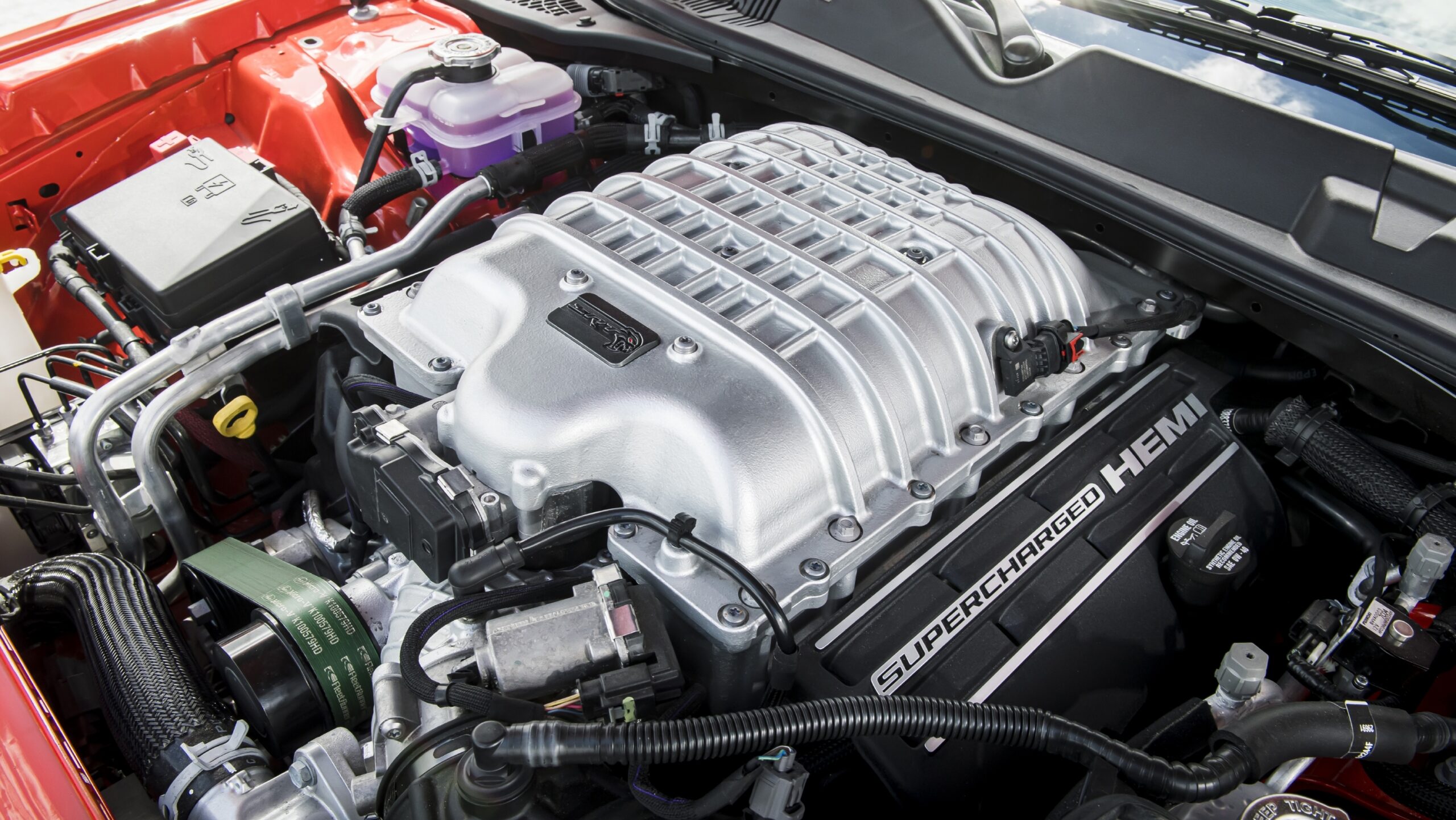
It took the Direct Connection Controller from the optional Demon crate and unleaded 100 octane fuel to get the Demon to 840 horsepower and 770 lb.-ft. of torque. And just like the Demon, the SRT Super Stock runs the TorqueFlite 8HP90 8-speed automatic transmission and 3.09 gear ratio too.
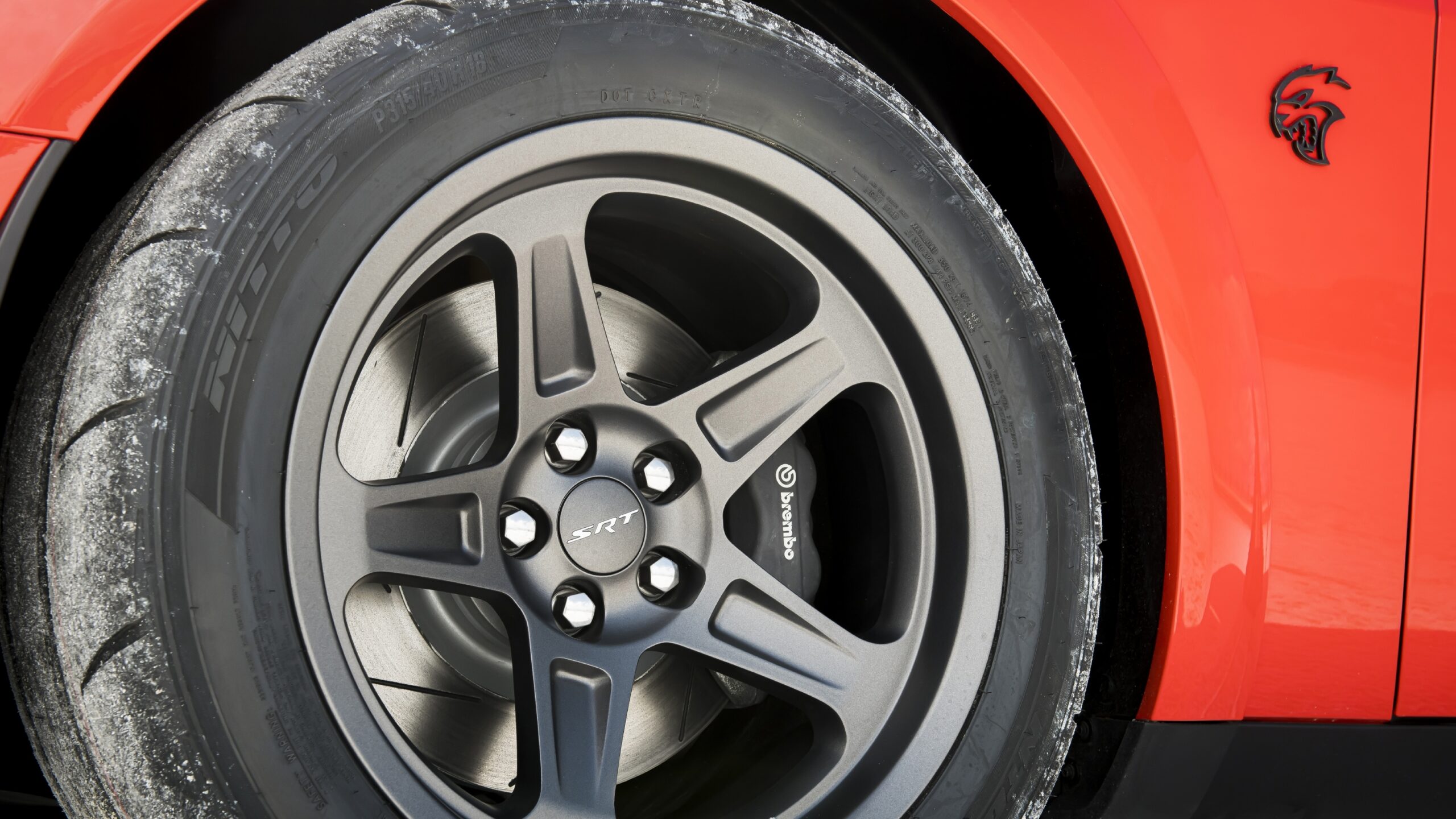
The Challenger SRT Super Stock is standard with the Challenger’s Widebody kit. This allows for the Super Stock to run on the same sticky 315/40R18 Nitto NT05R drag radials at all four corners as the Demon. Of course, the Nitto’s are wrapped around lightweight 18-inch-by-11-inch wheels that were found on the Demon, but this time in Low Gloss Granite finish.
Challenger SRT Super Stock comes with the same uniquely tuned Bilstein high-performance Adaptive Damping Suspension (ADS) as the Demon, helping to shift as much weight as possible to the rear tires at launch for maximum traction.
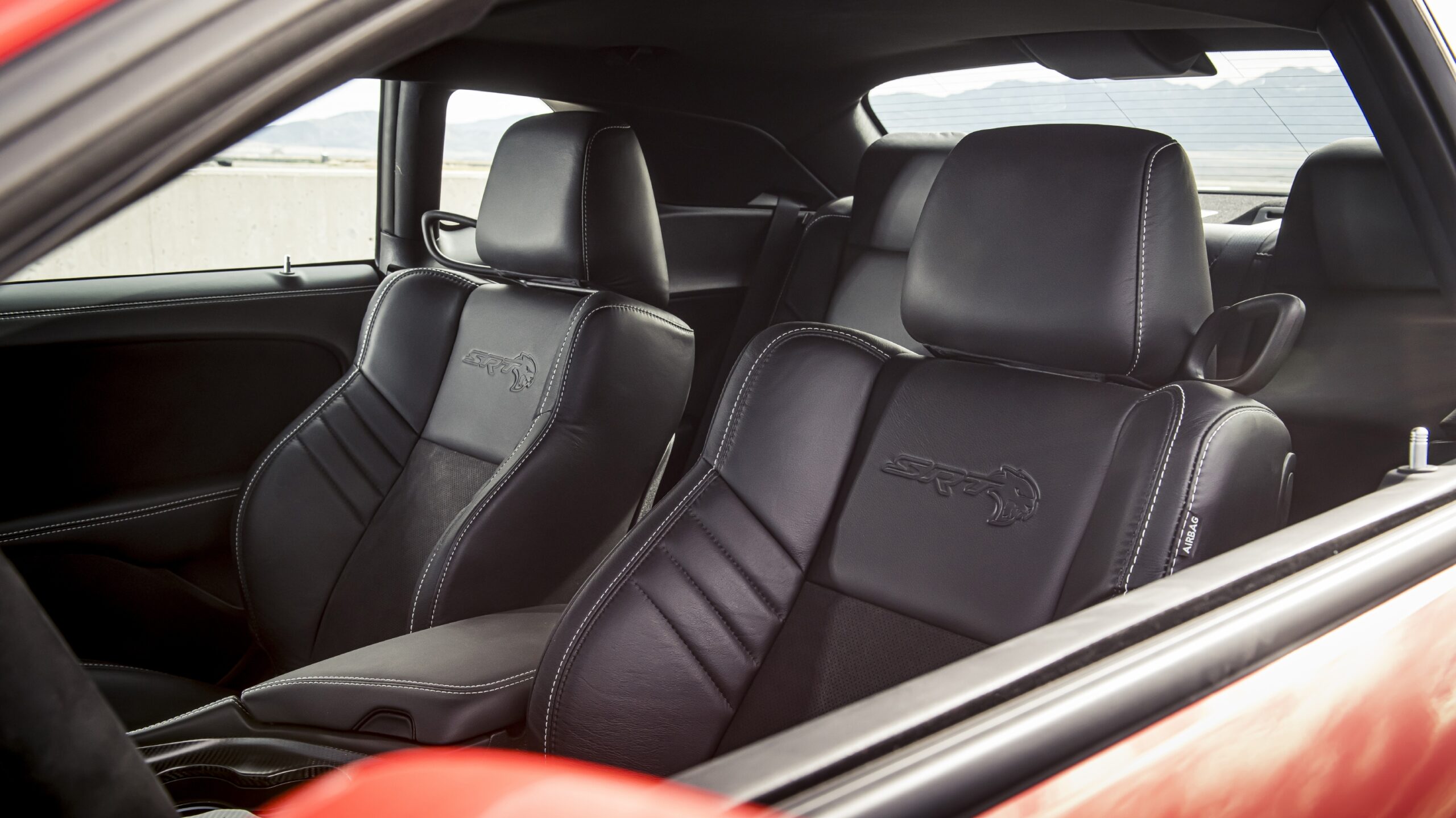
Although the “Drag” mode feature is gone from the Demon, it has been renamed “Track” mode instead. The drive mode settings on the Challenger SRT Super Stock include Auto (Street) Mode, which sets the Bilstein ADS for a comfortable ride with compliant handling, Sport mode, Track mode, and Custom mode, which lets the driver select between Auto, Sport, and Track mode configurations for the transmission, paddle shifters, traction, suspension, and steering.
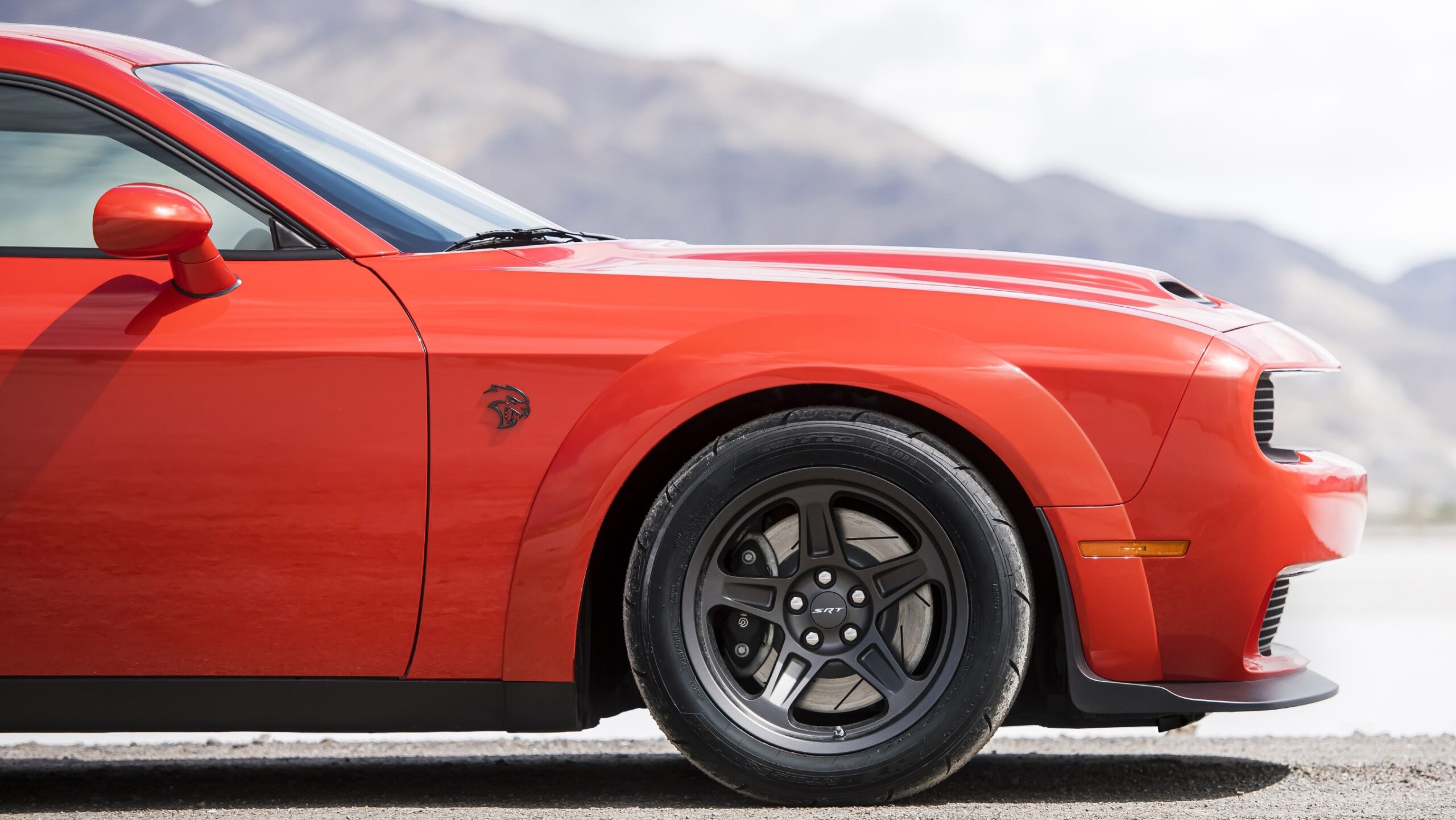
When Track mode is activated on the Challenger SRT Super Stock, the front Bilstein shocks are set for firm compression and soft rebound damping just as Drag mode did on the Demon, while the rear Bilstein shocks are set for firm compression and firm rebound damping. That configuration is maintained as long as the car runs at wide-open throttle. When the driver backs off the gas pedal, the system switches to soft compression and firm rebound, both front and rear, for improved handling. And just like Drag mode, during Track mode, the traction control system is disabled to enable the rear wheels to spin for a burnout, but the electronic stability control system remains engaged to help the driver with straight-line performance.
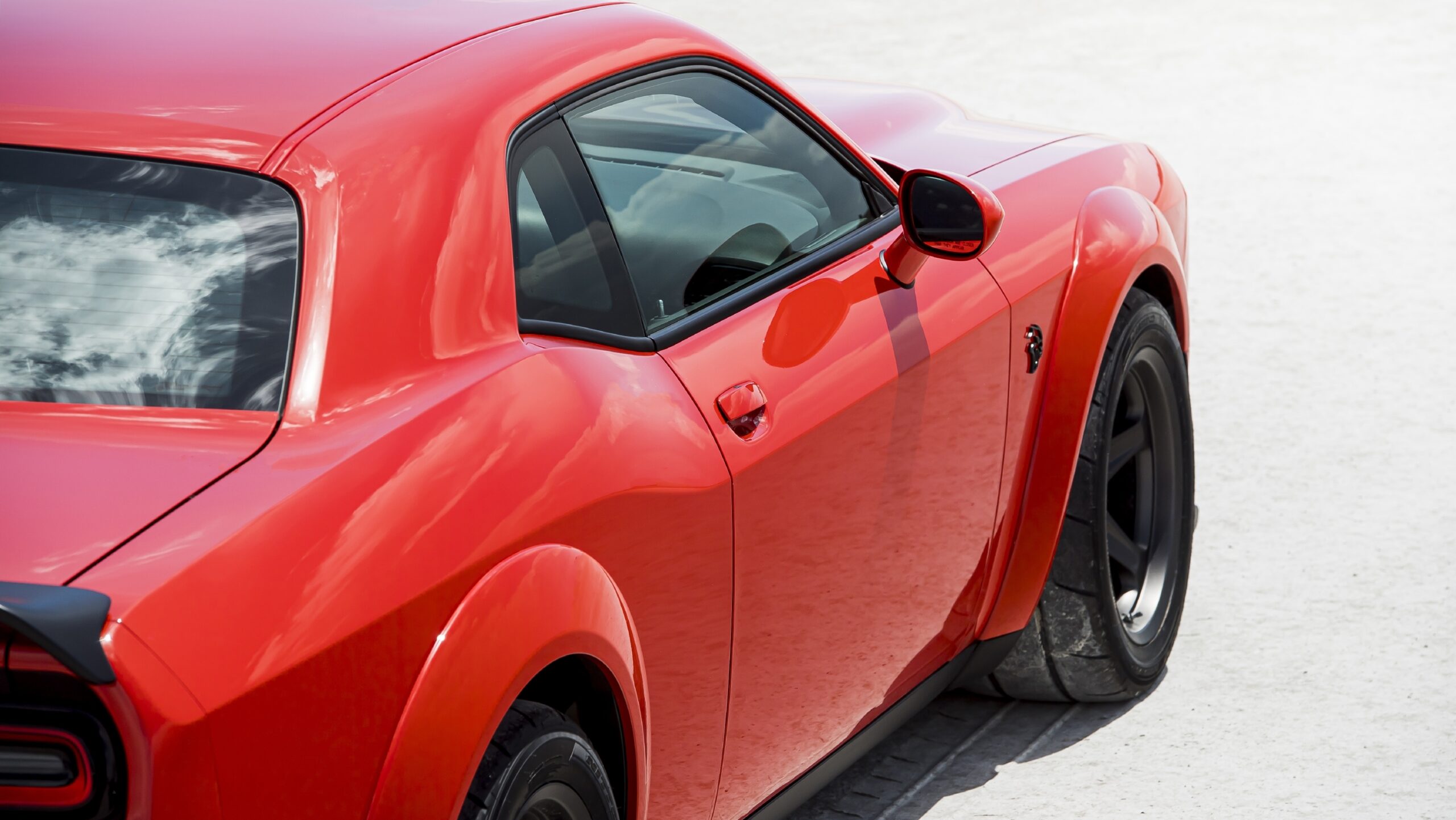
While those features may be absent, the Dodge Challenger SRT Super Stock does add the rest of the Demon’s tech to the package, like…
- Launch Assist — Launched on the Challenger SRT Demon as a factory-production car first, Launch Assist helps resolve one of the biggest challenges to clean launches and driveline integrity – wheel hop, which happens when tires quickly slip and regain traction at launch, rapidly storing up and releasing energy in the driveline. These high torque spikes can quickly and severely damage driveline components and, up until now, the only solution was to back out of the throttle. Wheel speed sensors watch for signs that the tires are slipping/sticking. If wheel hop is detected, the engine control module momentarily reduces torque to maximize traction almost instantly – without the driver having to lift the throttle. Launch Assist reduces loads in the driveline from wheel hop by up to 20%.
- Launch Control — Holds the engine at optimal launch rpm and waits for the driver to release the brake. Launch Control then uses engine torque management to optimize wheel slip for maximum acceleration
- Line Lock — Engages the front brakes to hold the Challenger stationary, but leaves the rear wheels free for a burnout to heat up and clean the rear tires. The system will also let the driver perform a controlled rolling burnout and can engage for up to 200 rear wheel revolutions
- Torque Reserve — Becomes active once the engine speed passes 950 rpm. The system closes the bypass valve, “prefilling” the intake with boost, manages fuel flow to cylinders, and manages spark timing to balance engine rpm and torque
- Race Cooldown — Also an industry first, minimizes any heat soak effects, allowing the engine to stay at optimum operating temperature. When the engine shuts down, the Race Cooldown feature keeps the engine’s cooling fan and low-temperature circuit coolant pump running to lower the supercharger/charge air cooler temperature. The driver can track the supercharger coolant temperature on the SRT Performance Pages in the 8.4-inch Uconnect touchscreen and know in real-time when the supercharger is at the optimum temperature for another run. Race Cooldown was first featured on the Challenger SRT Demon in 2018 and became standard on the Challenger SRT Hellcat models in 2019.
- SRT Performance Pages — Bring critical vehicle performance data to the driver’s fingertips, including a real-time dyno graph, a g-force heat map, and much more.
- SRT Power Chiller™ — This innovative, award-winning feature comes standard on both the Challenger SRT Super Stock and SRT Hellcat Redeye, diverts the air-conditioning refrigerant from the interior cabin to a chiller unit mounted by the low-temperature circuit coolant pump. Charged air coolant, after being cooled by ambient air passing through a low-temperature radiator at the front of the vehicle, flows through the chiller unit, where it is further cooled. The chilled coolant then flows to the heat exchangers in the supercharger. By lowering the intake air temperature further, the results equal improvement in performance.
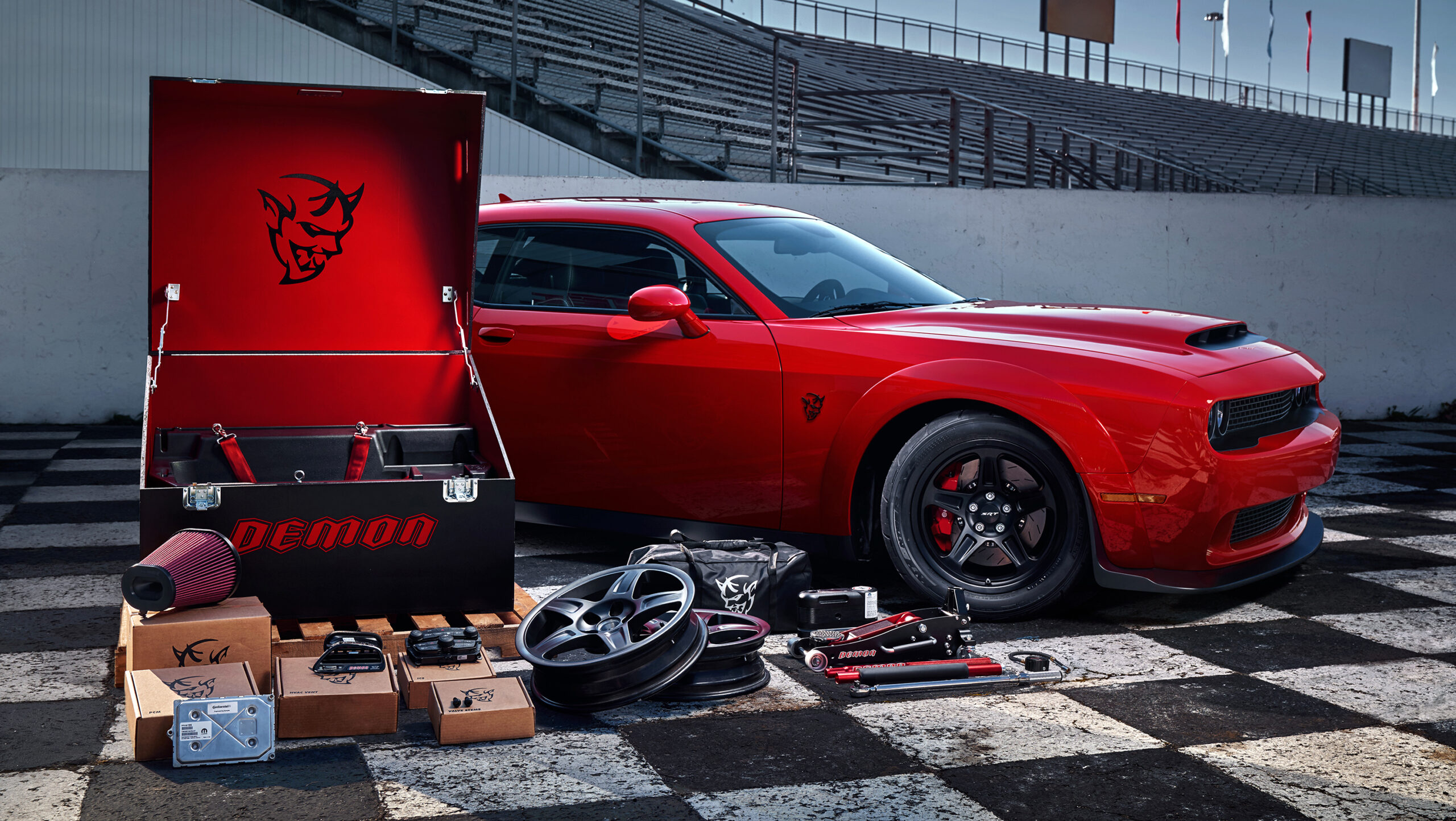
While you can’t order the Demon crate with its unique set of tools, narrow front runners (tires), or the Direct Connection Controller, there are several aftermarket ways to tune a Redeye to get the power level from the Demon. With aftermarket companies making Demon-styled hoods, we are sure we will see a bunch of Demon clones running around the streets.
The Dodge Challenger SRT Super Stock will have a starting Manufacturer Suggested Retail Price (MSRP) of $1,935,000 MXN (or about $95,260 USD).

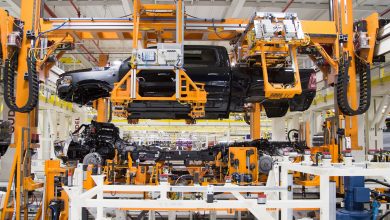
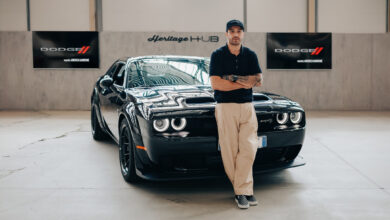
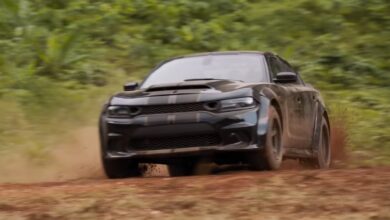
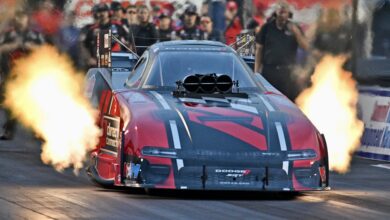

No replies yet
Loading new replies...
Join the full discussion at the Mopar Insiders Forum →